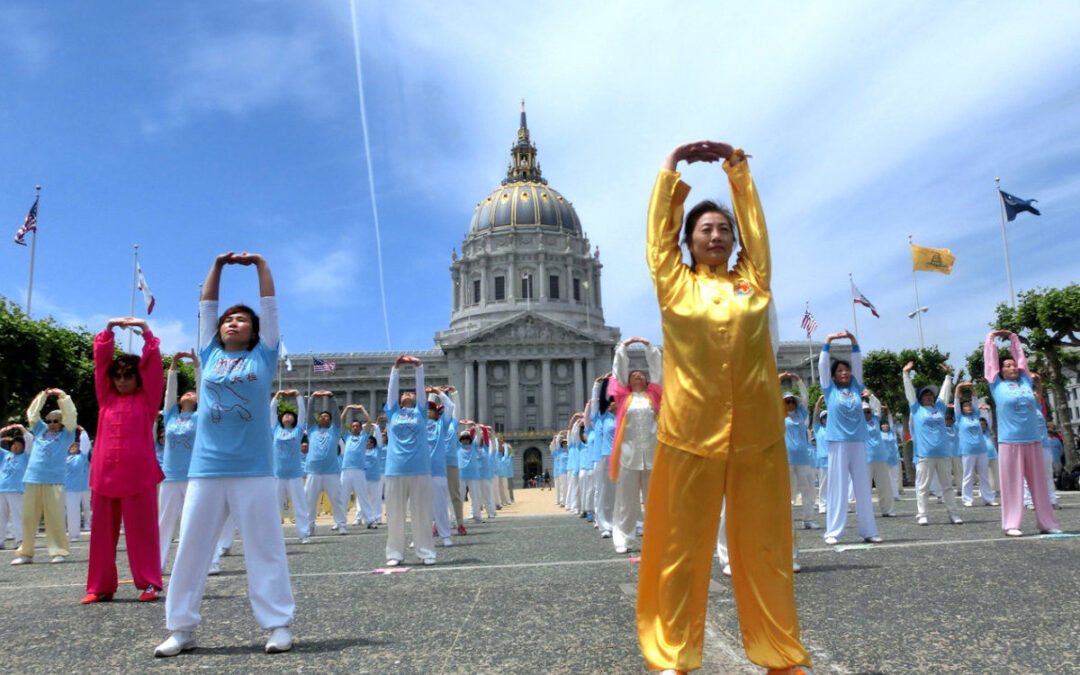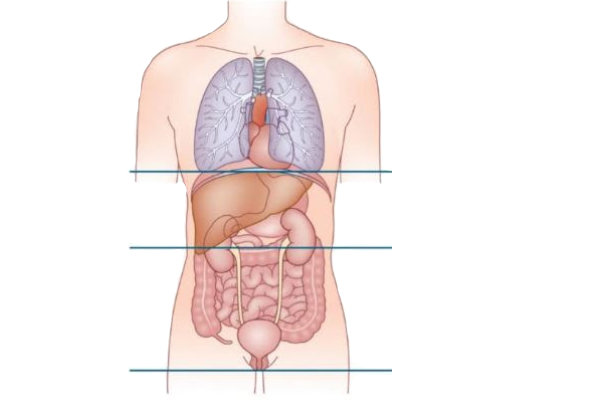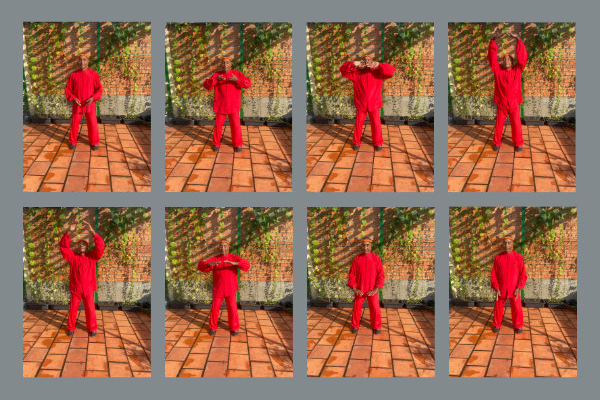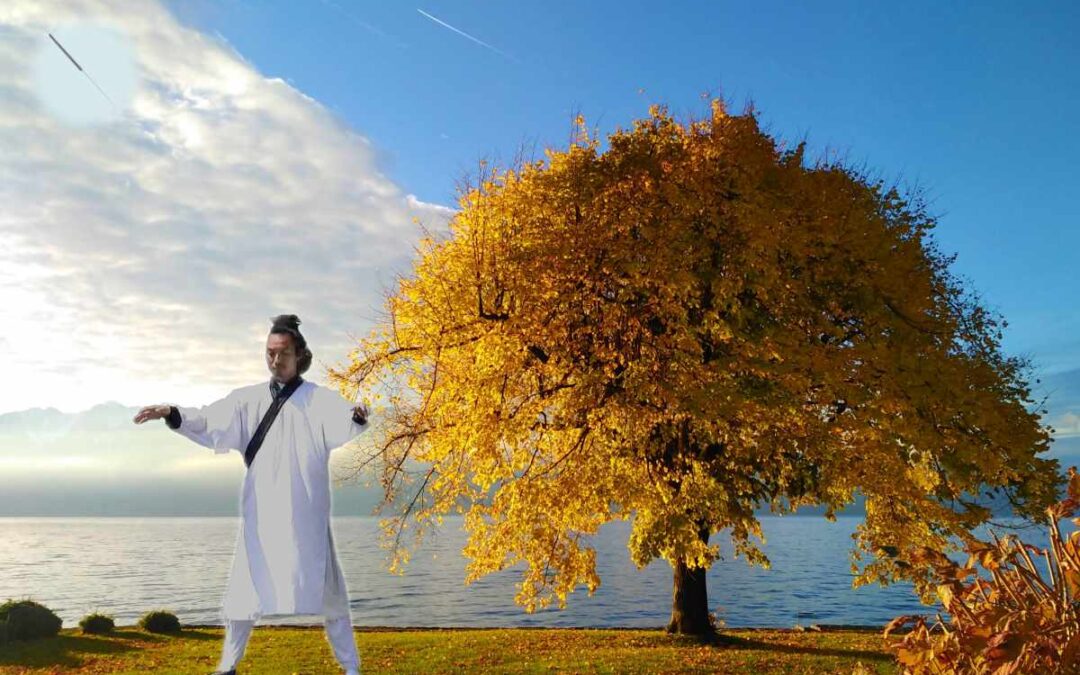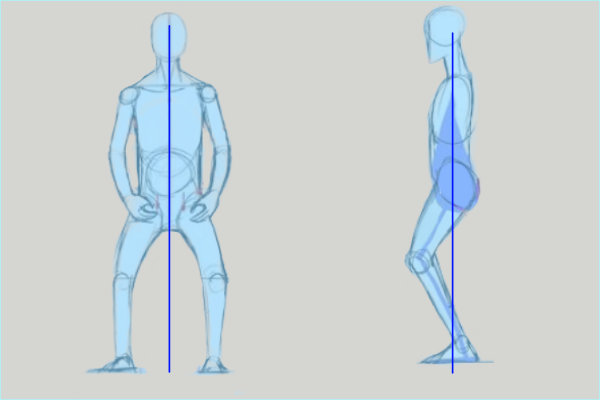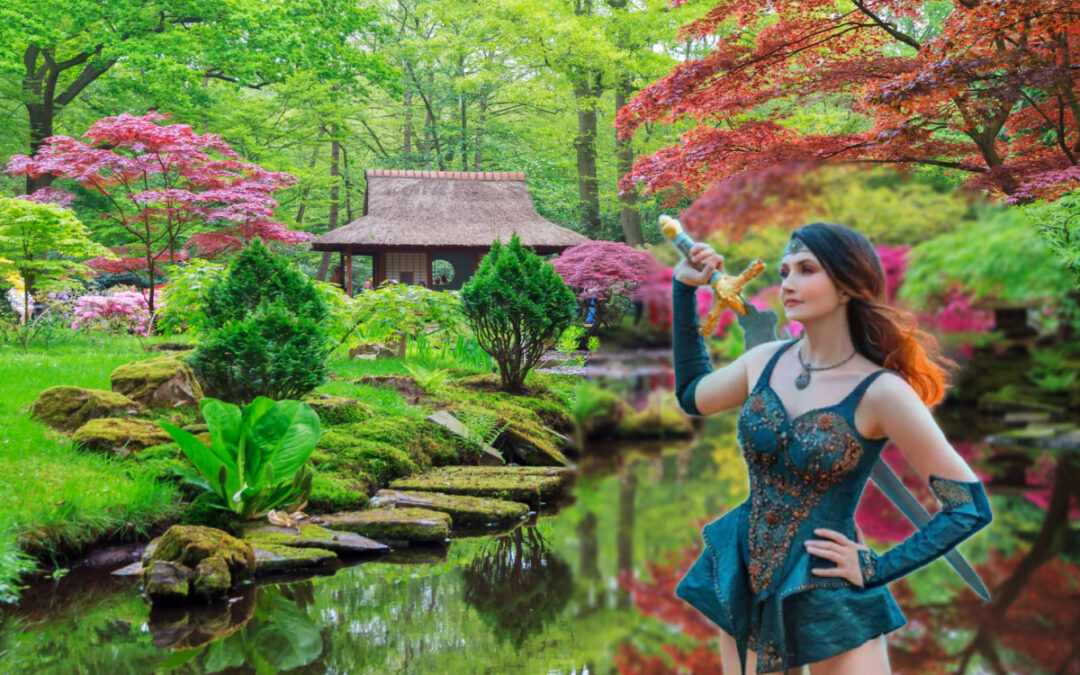
Wu Wei, the magic of non-action
A highly instructive Taoist concept
Wu Wei ( 无为) is a Taoist concept commonly translated as “non-action” or “effortless action”. It designates an attitude to life that consists of acting in harmony with the movement of Nature and its laws. Lao Tzu (see box) made it a principle of ideal government, and several Chinese emperors had their thrones inscribed with “wuwei” on a lacquer panel.
This principle is particularly interesting to explore at a time when Man is living against the natural flow of life, seeking to own, plan and control everything, including nature. With wu wei, it’s all about surrendering to the flow of life, letting it flow through us and guide us. This does not mean passivity, but rather the right and appropriate action.
Our lives are increasingly disconnected from nature and its rhythms. Social conditioning values overactivity, competition, speed of execution and “always more”. From an early age, we are programmed to please our parents, to succeed, to conform to social rules, and thus to meet external expectations. To such an extent that we lose touch with who we are and what our deepest aspirations are. Most of the time, we act out of duty, not out of a vital impulse. We prefer “DOING” to “BEING”.
Rediscovering harmony with nature
Swiss adventurer Sarah Marquis has devoted her life to blending in with nature, traversing the most hostile lands with no food reserves or villages in her path. There she survived hunger and thirst, awakening the fabulous resources that each of us possesses deep down inside, the so-called animal instinct. She explains how, after spending some time away from “civilization”, she can sense the presence of water 5 km away!

Of course, life on earth requires a certain number of actions to maintain life: feeding ourselves, learning, taking care of our health, our children… But these tasks should be carried out in a way that contributes to our fulfillment, and not reduce us to a state of virtual slavery.
The Yang Sheng principles of Chinese medicine point in the same direction: the more we live in harmony with nature and with our own nature, the healthier we are.
Practising Wu Wei means accepting to let life work through us. This state of availability is characterized by an absence of effort, an ease that allows the right action to take place at the right time and in the right way.
It requires trust in life, in the intelligence at work within and around us, which the Chinese call the Tao.
Letting go of our conditionings and beliefs
This means letting go of our social conditioning and beliefs, and responding more spontaneously and intuitively to events, like a toddler who hasn’t yet been shaped by school and society. It also means putting aside our egotistical goals and desires, as well as countless social pressures.
Practising Wu wei means returning to a simpler life, reconnecting with our complete being, both material and spiritual. To do this, we have to give up certain aspects of our lives that are a source of stress, resistance and suffering.
Everyone has experienced this characteristic Wu Wei state at least once in their life. He/she has experienced that state of grace where events follow one another as if by magic, and we achieve unexpected results without having done anything special. Sometimes it can even seem like a miracle.
Flow or the magic of wuwei
Top-level athletes are familiar with this state of optimal functioning. They seek this state, which they call the flow or the zone.
“In a state of flow, athletes seem to be able to perform at their best in extremely favorable conditions, combining, for example, concentration, automatic movements, enjoyment, and a sense of balance between the challenge and their abilities,” explains researcher and author Jackson.
This is also the case for artists and scientific geniuses, who in moments of inspiration receive musical notes, words, recipes… even mathematical equations. They are then in a state of openness and connection with Nature and its intelligence, which allows it to penetrate them.
But experiencing Wu Wei in this way, from time to time, does not mean living in the spirit of Wu Wei. Living Non-action is a philosophy of life; it involves questioning our priorities and gradually transforming our state of being. In the second part, we will see which paths and practices can bring us closer to this state of Wu Wei.
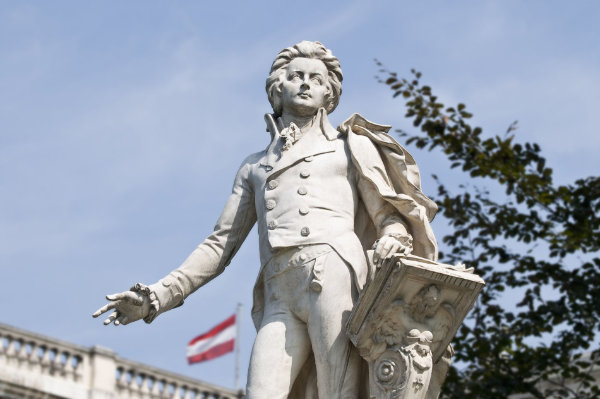
For this state provides an incredibly pleasant sensation that makes our lives more beautiful and our actions more effective. It’s the perfect way to embellish our lives and those around us. Indeed, by connecting deeply with nature, we naturally respect all life around us.
Lao Tseu, the father of wuwei
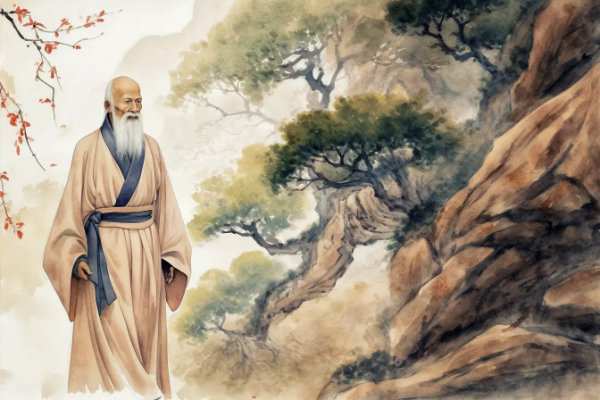
According to Chinese tradition, Li Eul or Lao Tan, better known as Lao-tseu or Laozi (Old Master), lived in the 6th century B.C. He is considered the father of Taoism, and is one of the mythical figures of ancient China, like Confucius.
His life has given rise to many legends: after a miraculous birth, he is said to have lived for two hundred years, and to have given some teachings to the young Confucius. He was archivist and astrologer to the Zhou emperors. He then fled westwards, disgusted by the decadence of this dynasty. Before crossing the border into India, he is said to have entrusted the guard with his philosophical testament, the Tao-tö king (or “Book of the Way and Virtue”), a major Taoist text. We don’t know how he died.
Lao-tseu is considered by Taoists to be a god (太上老君, Tàishàng lǎojūn, “Supreme Lord Lao”) and their common ancestor. He is depicted as a white-bearded old man, sometimes riding a buffalo.
The tao aims to purify man and lead him to the right path and virtue. One of Lao Tzu’s main doctrines is that of non-action, which should encourage people not to expend energy unnecessarily, and to detach themselves from cumbersome desires. Taoist thought proposes meditation as a condition for opening up to the world.
